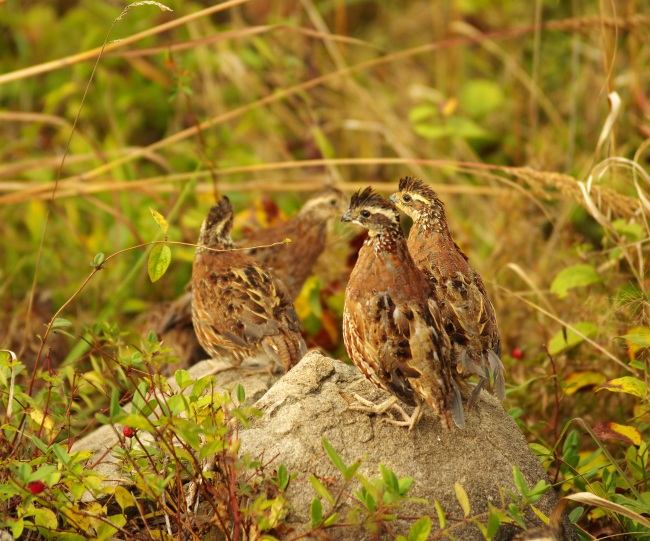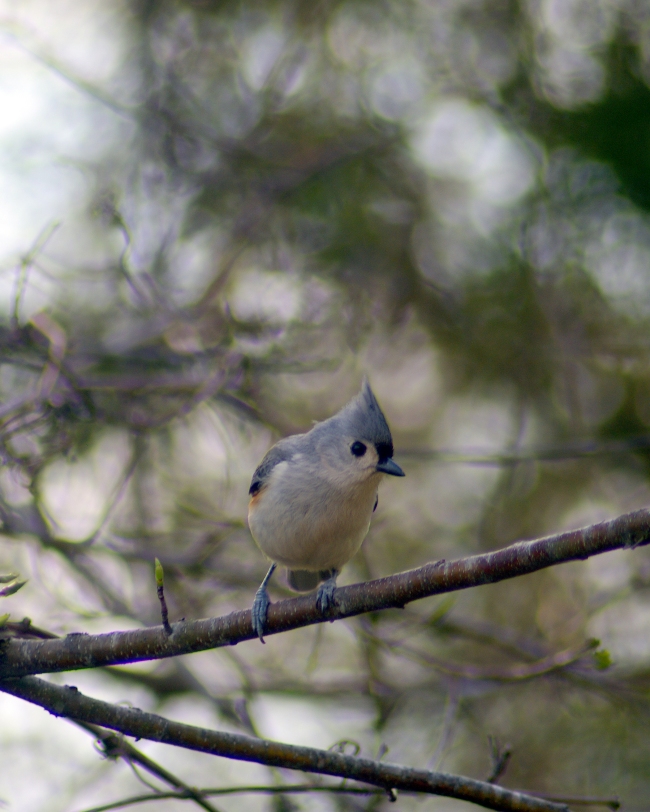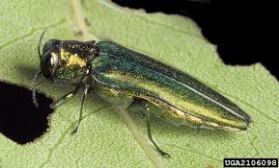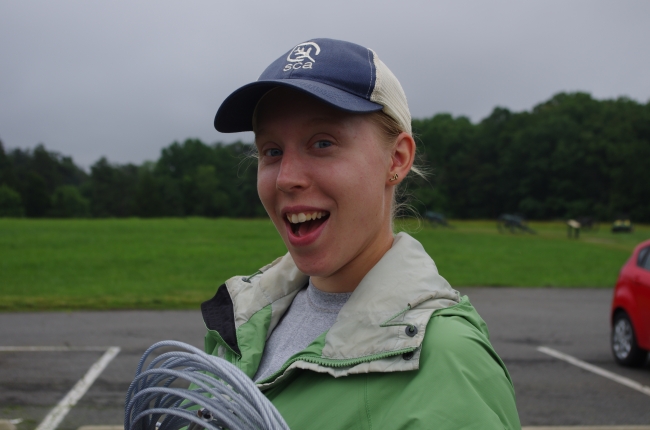When you work in natural resource conservation you get to play with some pretty awesome toys. Last week, that meant shooting lasers. LASERS!
That is to say, I assisted the Battlefield begin a stream monitoring project to gauge the overall health of their waterways.
Why is this necessary?
Increasing urban development in Northern Virginia replaces fields and forests with industrial surfaces like asphalt and concrete. These surfaces are impermeable, which means that water cannot penetrate them. When it rains, water flows quickly over impermeable areas instead of being absorbed directly into the ground. The flow continues until the water finds an escape route.
In urban areas, stormwater drains provide an exit for the liquid. Since industrial pipes don’t mesh with the NPS’s treasured Civil War vistas, the Battlefield handles rainwater the old-fashioned way: through streams.
The idea is that water falling on the Park is either absorbed by the soil or flows downhill until it joins a stream. However, these streams are receiving more water than they can handle.
As the land surrounding the Battlefield is developed and loses its ability to absorb water, flow to the Park increases. Flooding and stream erosion result as the waterways are overwhelmed with liquid.
How exactly do you monitor a stream?

Not even the daunting grassland could keep the YCC from enjoying their work!
The first step in our stream monitoring project is to map our stream features.
There are four primary components: riffles, runs, pools, and glides (in that order). Riffles are the shallowest sections, pools are the deepest, and runs and glides connect them.
This is where the lasers come in.

YCC adjust the measuring stick and its sensor to coordinate with the laser.
Aided by our lovely Youth Conservation Corps crew, we place a leveled tripod with a laser up on the stream bank. Then a wader-clad group wades to each feature holding a giant measuring stick with a sensor on top. They extend the measuring stick straight up into the air. When the laser from the tripod hits the sensor, the sensor beeps, and we take a reading.
We are recording a number of measurements for each feature. We locate the beginning, middle, end, and deepest spot of each riffle, run, pool, and glide. Our vertical measurements are paired with horizontal readings, so that we know how long each feature is. Once we accumulate all of this data, we’ll plug it into a computer in order to digitally recreate the stream.

The YCC and I ponder the intricacies of our laser measure.
So what have we learned? (Check again in five years)
My apologies to those of you who were looking for a clean resolution. This study will continue at the Battlefield long after I leave. Because erosion is a long-term process, we need years of data collection to fully understand how the stream is changing.
Think of our study as observing a garden. If you were to walk into a garden and look around, you would see what’s there at that particular moment. If there are dormant seeds waiting to thrive, or a pest that’s slowly eating the roots of the begonias, you wouldn’t notice. In order to witness these changes, you have to come back time and time again.
However, I’ve learned several important points through my week of stream monitoring.
1) Always call “dibs” on the chest-waders, because you never know how deep the stream is.
2) Make sure you are wearing the high-tech red Robo-Cop sunglasses while working with the laser. Your eyes will thank you.
3) And lastly, supervising six youths in a stream riddled with rocks, poison ivy, stinging insects, and holes is a nerve-wracking experience. It’s great fun, but man is it stressful.











